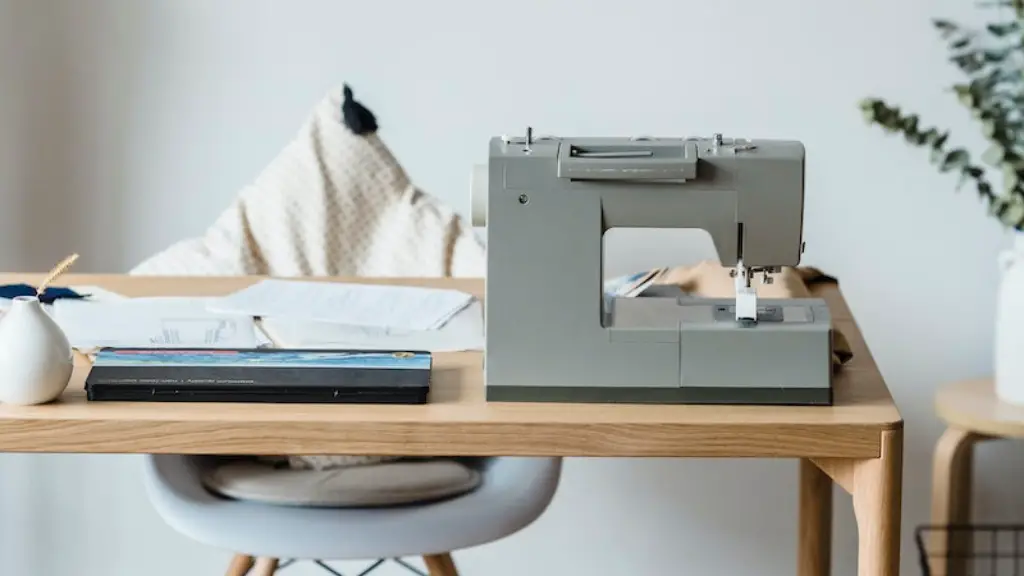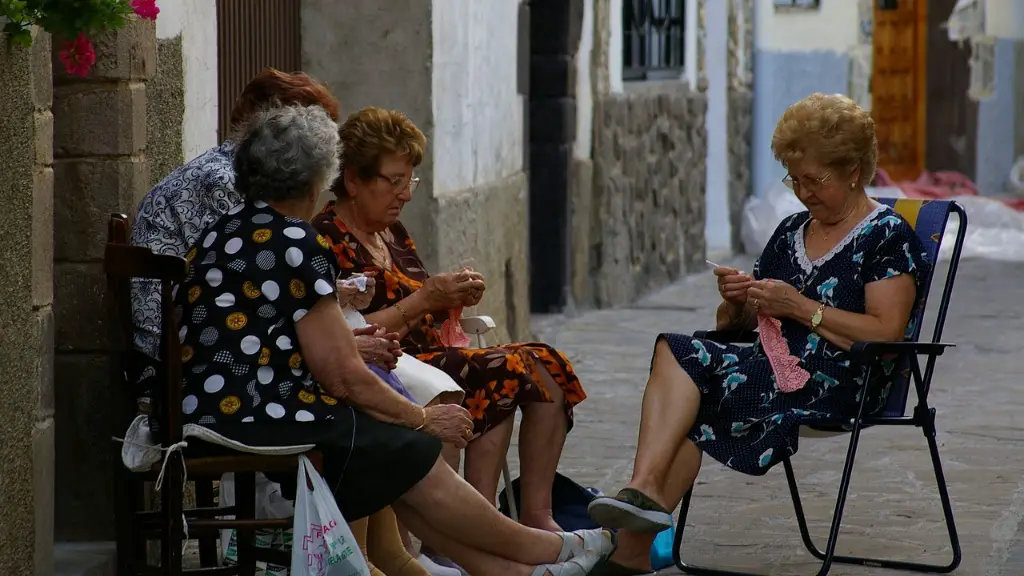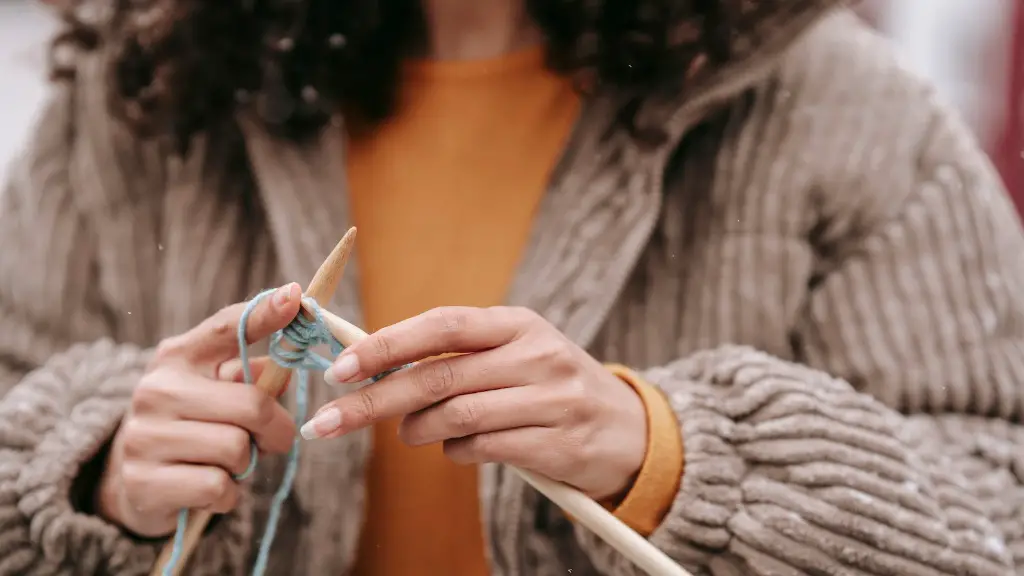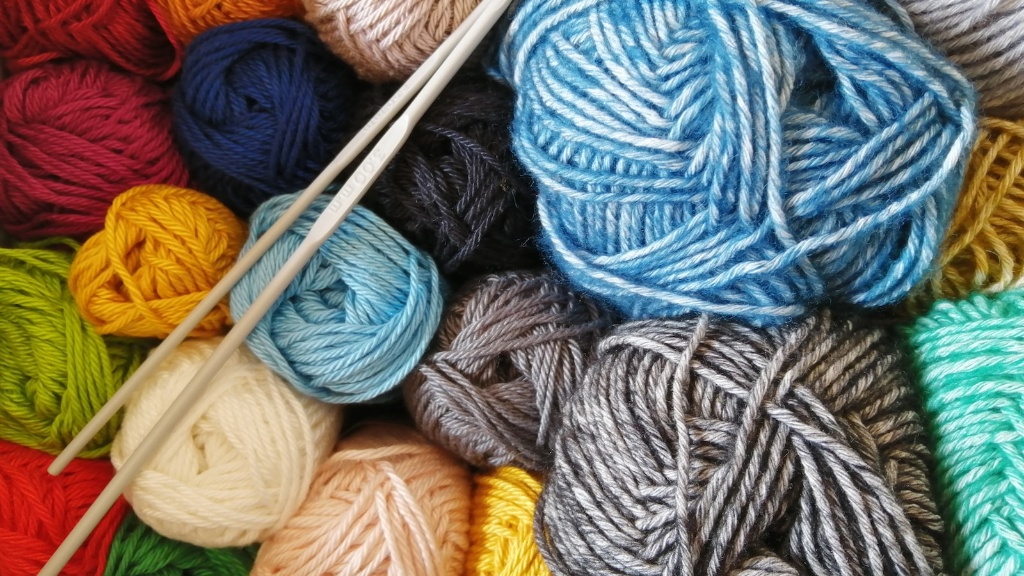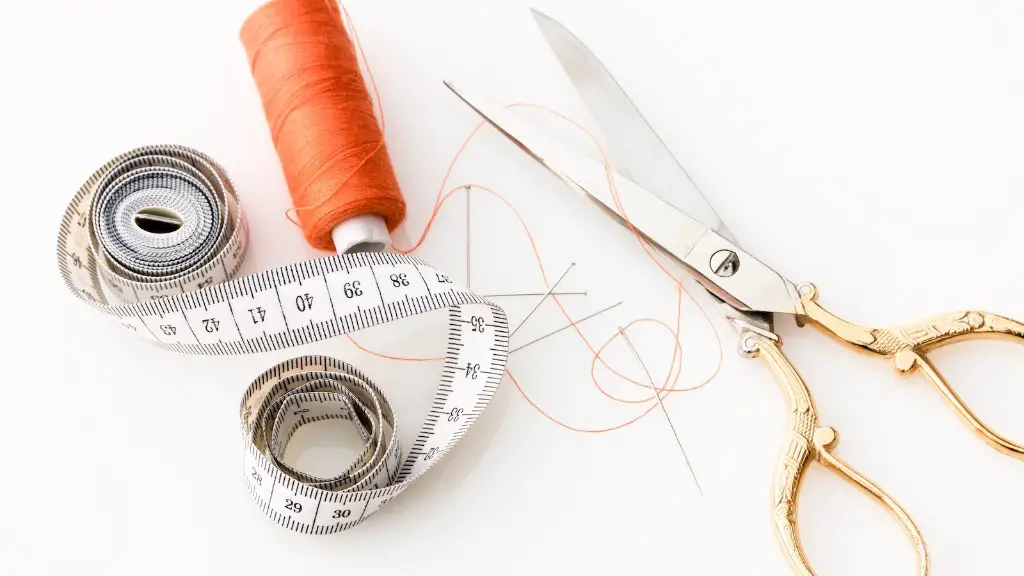Is your sewing machine capable of sewing leather? Some believe that you need special machines, while others believe that a general-purpose machine is enough. This article tackles the debate and provides you with the information you need to decide whether your machine can handle leather.
Leather is one of the more difficult fabrics to sew through. It is dense and not as flexible as other materials. It can be hard to get all the way through the leather without tearing it or missing the seams. Many people believe that the best way to go about sewing leather is to use a dedicated machine. These machines often have stronger motors and presser feet.
However, this is not a necessity. It is possible to sew through leather on a general-purpose machine. It is just important to be aware of a few things first. It is important to adjust the tension and pressure on the machine and make sure that it is not too tight or too loose. You also need to be careful not to sew too fast, as this can cause the leather to bunch up or even tear. If your machine has multiple speeds, use the slowest speed when sewing leather.
The type of needle you use is also important. You should use a leather needle, which is designed specifically for leather. These needles are powerful and able to penetrate thick fabrics like leather. The type of thread is also important. You should use an all-purpose thread or a heavy-duty thread that is specifically designed for leather.
When working with leather, it is important to use a straight stitch. A zigzag stitch may not be strong enough and would likely not hold the fabric together. You should also make sure that the stitches are not too close together. If they are too close, it can cause the material to buckle. In addition, you should use a longer stitch length so that the stitches are more robust and the seams will last.
When it comes to leather, it is important to be cautious and take your time. It is always a good idea to practice with a few leather scraps first before starting your project. This way, you can get a feel for how the machine handles leather and make any adjustments as needed. This will help you avoid mistakes and will ensure that your project goes smoothly.
Leather Sewing Machines
For those who want to make sure their project is successful, a leather-only sewing machine might be the way to go. These machines are designed to handle a wide range of heavy-duty projects, including leather. Some of these machines even have adjustable feed dog plates and presser feet, which make sewing through heavier fabrics even easier.
Most leather-only machines come with a variety of specialized needles and threads, as well as a variety of presser feet for different types of leather. This can help to ensure that your project will turn out the way you want it. Many leather-only machines also come with a walking foot, which can help to reduce drag and ensure even stitches.
The downside to these machines is the cost. They tend to be more expensive than general-purpose machines, and they may also require more maintenance. However, if you are serious about leather-working, they can be a worthwhile investment. They will save you time and effort and help you create professional-level projects.
Leathercraft
Leatherworking or leathercraft is the practice of working with leather to create a variety of items. This can include anything from wallets and shoes to book covers and bags. It is a craft that has been around for centuries, and it is still a popular hobby today.
Leatherworking requires some special tools and techniques. A leather punch, for example, is used to create holes for stitching. Edgers and burnishers are also used to shape leather and add decorative edges. There are many different types of leather dyes and paints as well, which can be used to add color and texture to the projects.
Leather-working requires patience and practice. It is not something that you can just pick up and master overnight. It can take some time to get the hang of the different tools and techniques. However, once you get the hang of it, it can be a fun and rewarding hobby.
Leather Working Tools
Leather-working requires special tools. These tools can range from simple hand tools such as scissors and punches to more complex machines like sewing machines. The basic tools are usually affordable and can be found at most craft stores.
For more advanced leather-working, such as sewing, a sewing machine is required. As mentioned before, a dedicated leather machine is best for this type of work. If a dedicated machine is not an option, then a general-purpose machine can be used. It is just important to adjust the tension and pressure correctly and make sure that the needle and thread are suitable for the leather.
In addition to a sewing machine, other tools may be required. These can include leather punches and edgers, burnishers, needles, and different types of thread. There are also various other items such as adhesive and rivets that can be used to make different projects.
Leather Care
Leather is a durable material, but it does require special care. Cleaning it regularly with a special leather cleaner will help to keep it in good condition and prevent it from drying out and cracking. It is also important to use a protectant on the leather to help it stay supple and keep it from fading.
Leather should also be stored properly when not in use. It is best to store it in a cool, dry place away from direct sunlight. Leather can be sensitive to extreme temperatures and can easily become damaged if left in the sun for too long.
Finally, it is important to use the appropriate needles and threads for working with leather. These will help to ensure that the stitches are strong and secure. This will help to ensure that the project lasts and stays looking its best.
